How Many Types Of Gorillas Are There?
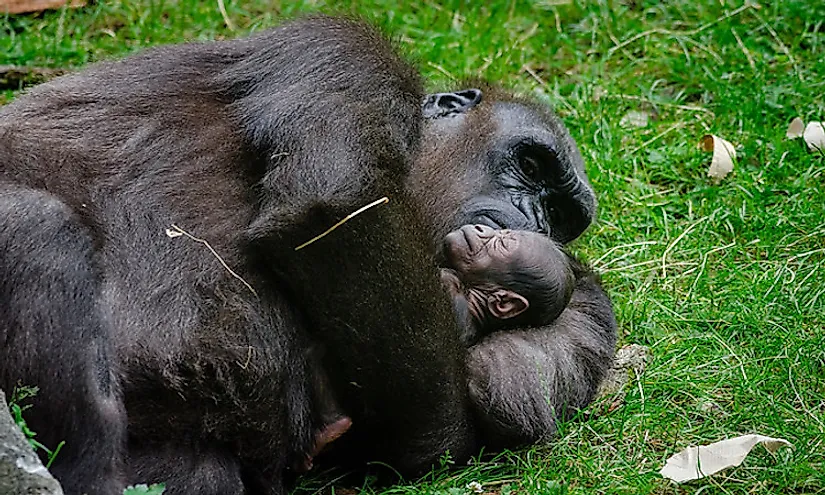
Gorillas are the largest living primates in the world. These animals are predominantly herbivorous and ground-dwelling. Gorillas inhabit the forests of Central Africa. These animals are closely related to human beings, sharing 95% to 99% of their DNA with Homo sapiens. There are two species of gorillas, the eastern gorilla, and the western gorilla. Each species is further divided into two subspecies.
6. Western gorilla -
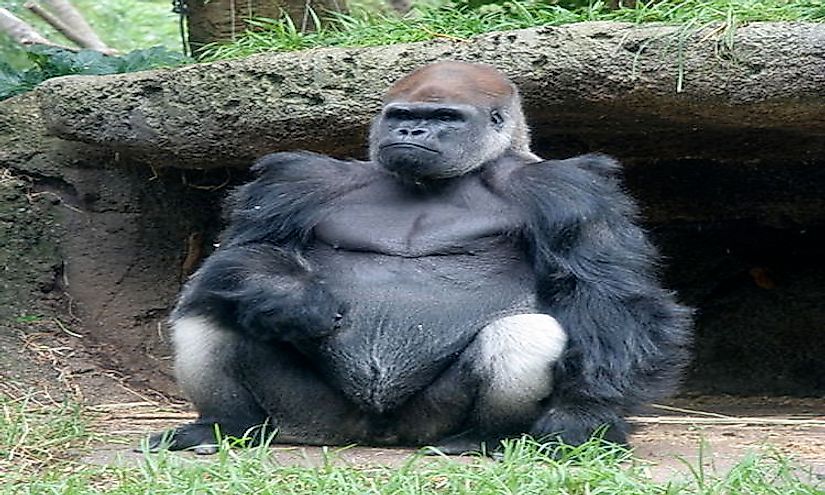
The western gorilla (Gorilla gorilla) is the most abundant species of the genus Gorilla. These animals can be grayish or brownish with a yellowish forehead. The gorillas are distinguished from eastern gorillas by their lighter color and an overhanging tip on their nose. The males and females of this species have an average height of 155 cm and 135 cm respectively. The Western gorillas live in groups of 2 to 20 including at least one male, several females, and young ones. The animals feed on high-fiber diets that include stems, leaves, flowers, bark, fruits, etc. The Western gorillas are classified as critically endangered on the IUCN Red List. The current biggest threat to this species comes from the Ebola virus which has decimated populations by 33% in protected areas. Other threats to the Western gorilla populations include poaching, habitat fragmentation and destruction, and civil wars raging in the countries inhabited by these animals. The reproductive rates of these gorillas are also quite low which makes quick population recovery difficult.
5. Western lowland gorilla -
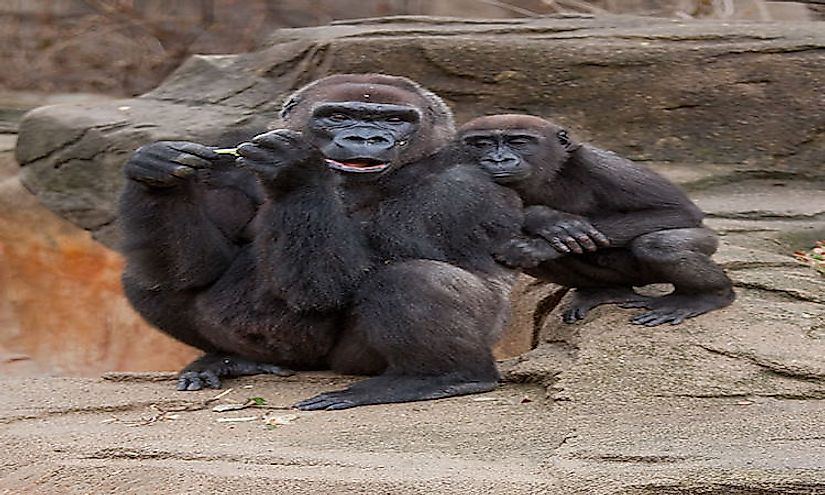
One of the subspecies of the western gorilla, the western lowland gorilla (Gorilla gorilla gorilla) inhabits the lowland swamps, primary, secondary, and montane forests in central Africa. The range of these gorillas covers the countries of Angola, Republic of the Congo, Central African Republic, Equatorial Guinea, Gabon, Cameroon, and the Democratic Republic of the Congo. Though the smallest gorilla subspecies, the western lowland gorilla still is one of the biggest and strongest mammals on land. The animals have a jet black skin, coarse hair covering the entire body, and no tails. The older males of this subspecies are often known as silverbacks as they develop gray colored hair on the back and rump. Groups of these gorillas travel within a range of 3 to 18 square miles, and such groups are led by one or more males.
4. Cross River gorilla -
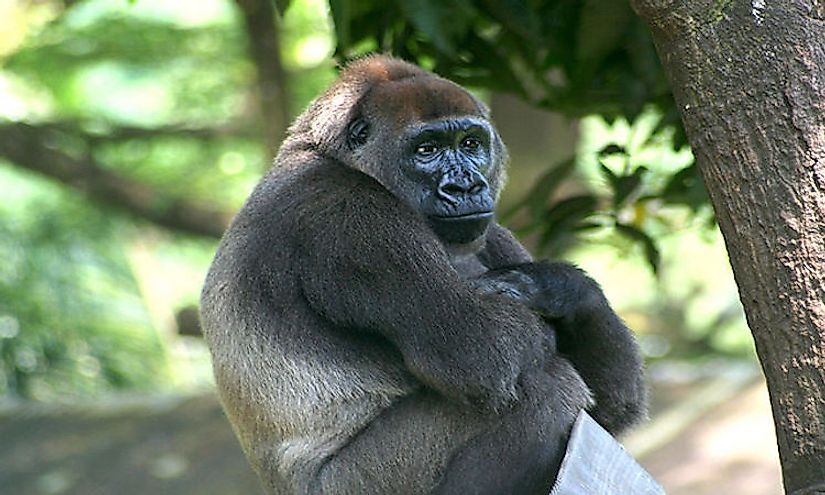
Another species of the western gorilla, the Cross River gorilla (Gorilla gorilla diehli) is the most northern and western living gorilla. Its range is highly restricted, and it is found in the forested hills and mountains at the border of Nigeria and Cameroon near the Cross River’s headwaters. Only about 250 individuals of this species remain as of 2014 making the Cross River gorilla the world’s rarest great ape. Compared to the western lowland gorilla, the Cross River gorilla has a smaller palate, cranial vault, and skull. Measurements also suggest that these gorillas possess smaller hands and feet.
3. Eastern gorilla -
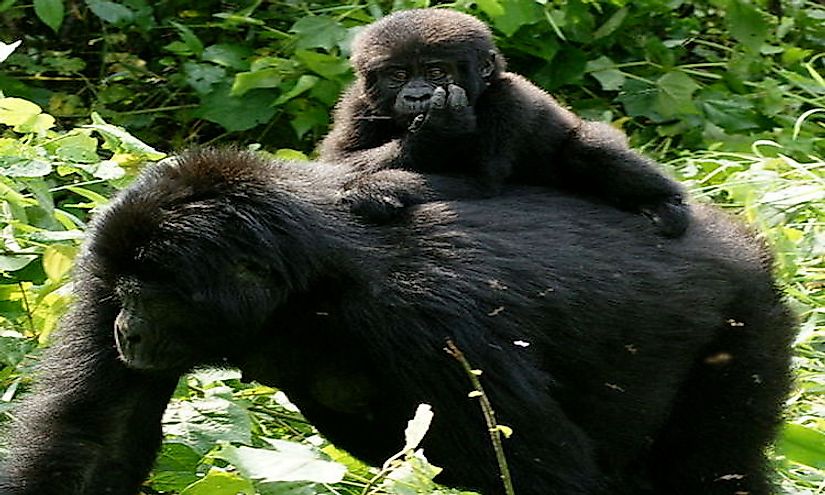
The eastern gorilla (Gorilla beringei) is the largest living primate that inhabits the subalpine and mountain rainforests of Uganda, the Democratic Republic of the Congo (DRC), Rwanda, and the forests of the Albertine Rift in eastern DRC. The primate is massive in size with a big head, broad chest, and long forelimbs. The gorillas possess black fur, and bald breast, face, feet, and hands. Males of this species weigh around 140 to 205.5 kg while females weigh around 90 to 100 kg. The eastern gorillas are heavily dependent on a foliage based diet. These primates live in stable family groups where a dominant silverback male acts as the family head.
The eastern gorilla was listed as critically endangered in September 2016. The constantly decreasing population of this species led to this classification. Habitat destruction, illegal hunting for bushmeat, encroachment of croplands and human settlements into gorilla habitat are all factors promoting the decline in the eastern gorilla population. 70% of the population of the eastern gorilla has been lost between 1996 and 2016. As of 2016, only around 6,000 individuals of this species remain.
2. Mountain gorilla -
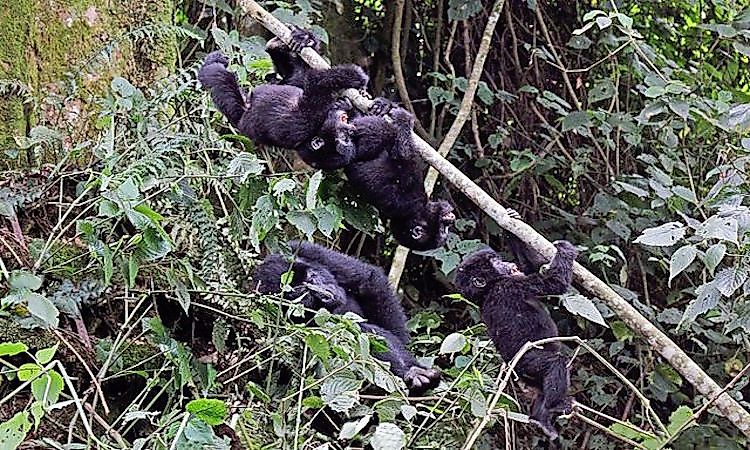
The mountain gorilla (Gorilla beringei beringei) is one of the two subspecies of the eastern gorilla. Two populations of the mountain gorilla are found, one in Central Africa’s Virunga volcanic mountains and the other in the Bwindi Impenetrable National Park in Uganda. Mountain gorillas are smaller and less heavy than the Grauer’s gorilla. An adult male weighs between 140 kg and 205.5 kg. Only about 880 mountain gorillas remain as of 2016.
1. Eastern lowland gorilla -
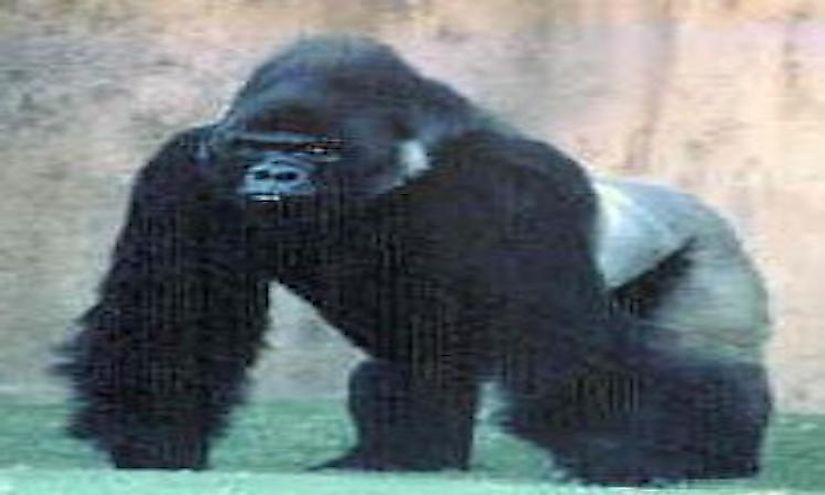
The Grauer’s gorilla or the eastern lowland gorilla (Gorilla beringei graueri) is an eastern gorilla subspecies that inhabits the mountainous forests of the DRC. Significant populations of this gorilla subspecies live in the Maiko National Parks, Kahuzi-Biega National Parks, Usala Forest, the Itombwe Massif, and adjacent areas. The Grauer’s gorilla is the biggest subspecies of gorilla and has a jet black coat like the mountain gorilla. However, unlike the latter, the Grauer’s gorilla has shorter hair on the body and head. These animals are classified as critically endangered since only around 3,800 individuals of this subspecies survive to this date.











